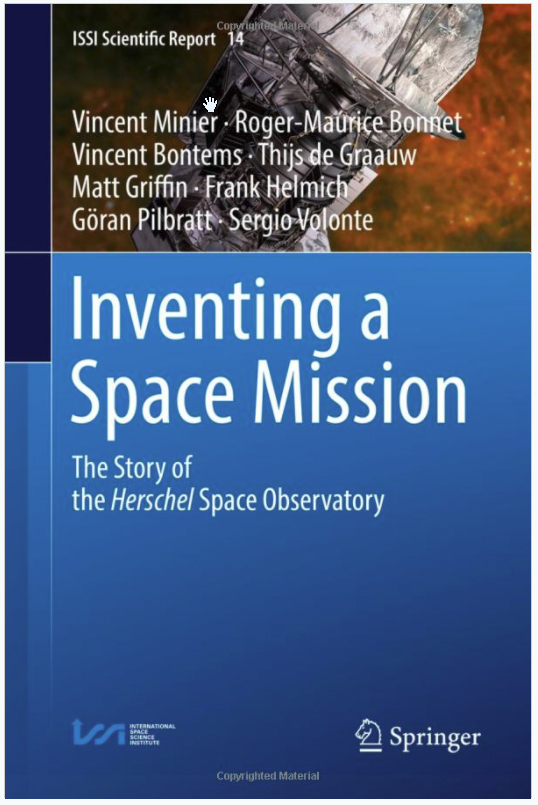The mathematician Roger Penrose has many accolades for his work in extending our perception of the universe. While his research dominates most reviews of him, author Patchen Barss has taken up the challenge of writing a biography about the life of Roger Penrose, who at 93 is still alive and active. In Barss’ book “The Impossible Man–Roger Penrose and the Cost of Genius” the reader gets a full appreciation of the life of a person who’s contributed so much.

Barss presents Penrose starting from his early childhood age. He grew up in the difficult times of World War 2 under the tutelage of well-to-do Quaker parents. The father dominated the family, resulting in Penrose not gaining much experience in understanding and dealing with emotions. But his father did teach him much about critical thinking and puzzle solving. Barss suggests that this nurturing played a key part in establishing Penrose’s skill and tenacity at mathematical problem solving.
One interesting aspect presented is that Penrose, being university chair of mathematics, was much more comfortable with geometries and shapes, rather than with equations. His penchant and ability to extend imagery beyond two, three and even four dimensions served him during his studies on special relativity and general relativity. Perhaps this was his genesis for postulating conditions at black hole singularities which, in part, garnered him the Nobel prize. Currently, he is still progressing toward a unified theory of spacetime as well as formulating the conformal cyclic cosmology (CCC) into an accepted conveyance.
While this biography provides a description of Penrose’s mathematics, such as light cones and tessellation, it does not provide details or proofs. For these, a reader can peruse any of the many books written by Penrose himself. Where this biography excels is in connecting personal moments and events with human interactions. There’s much about his wives and muses. There’s a constant stream of other high-calibre researchers who briefly or extensively interconnect. Many discussions describe his search for optimal working environments such as having a trapdoor lead to a garage converted into a private study. Unexpectedly, you can also read how Penrose colluded with Joe Rogan to promote his ideas.
As for many high achievers, any biography could become nearly unlimited in extent. This one was six years in the writing with Barss spending significant time directly interviewing the subject. It does present many momentous events including the killing of John Kennedy. But can a reader use it? Does it provide fodder for the debate of nature over nurture? Does it provide a prescription for becoming a chair of mathematics? Does it champion solitary contemplation or vouchsafe boisterous social conversing? That will be for the reader to discover.
Whichever your aim, the book “The Impossible Man–Roger Penrose and the Cost of Genius” by Patchen Barss is a solid biography. Penrose has made significant contributions to his field of expertise and continues hard at work. This book chiefly addresses how he does it. It’s easy to read and while not technical, it does provide an overview of the life of this many honored mathematician.















